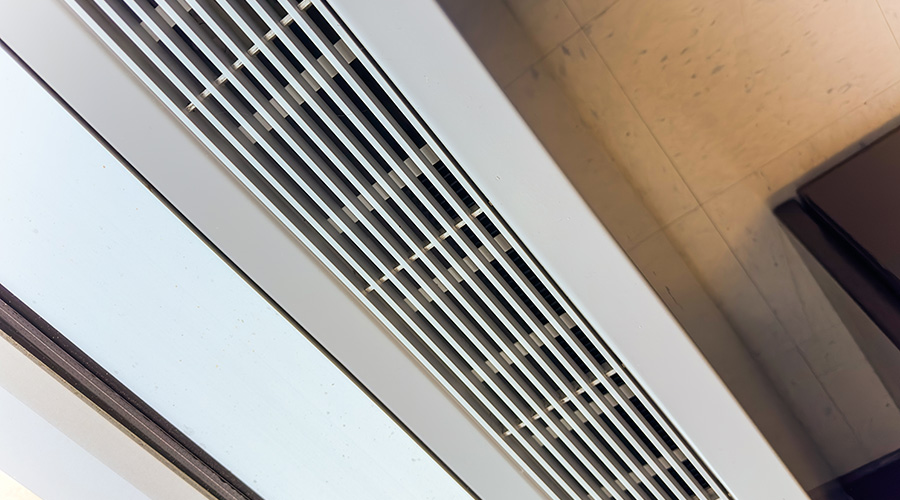NIOSH Proposes Research on Building-Related Asthma in Schools
The National Institute for Occupational Safety and Health has proposed conducting a cross-sectional respiratory-health survey in three public schools
The National Institute for Occupational Safety and Health (NIOSH) has proposed conducting a cross-sectional respiratory-health survey in three public schools. The survey would help NIOSH expand its current research by identifying specific causes for health problems in damp environments.
The NIOSH survey would include two additional years of longitudinal follow-up to assess respiratory health and environmental conditions in relation to time and intervention status in the three schools. NIOSH will study:
• one school with no history of building leaks and good control of internal moisture sources
• one school with previous building leaks and water damage but with subsequent renovation before the start of the study
• one school with building leaks and dampness problems with renovation scheduled during the study.
All participants from the proposed initial cross-sectional survey meeting an epidemiologic definition of asthma and reporting the symptoms improve away from school would be asked to perform spirometry and a methacholine challenge test, or if obstructed, a bronchodilator test. NIOSH anticipates about 45 respondents for these tests. A maximum of 20 participants who test positive for either lung-function test would participate in the serial spirometry study, which will cover three weeks during the school term and three weeks during the summer break.
NIOSH also has been conducting a longitudinal study among teachers and staff in public schools. The goals of this study are to:
• document the time course of changes in respiratory health, sick leave, and quality of life in relation to building remediation for water-incursion and dampness problems
• validate the reporting of building-related lower respiratory symptoms in school staff with bronchial hyper-responsiveness by the use of serial spirometry to look for building-related patterns of airflow variability
• demonstrate school personnel can use a toolkit comprised of a semi-quantitative index for assessing water damage and signs of moisture in schools, along with a short health questionnaire, to pinpoint specific problem areas and aid remediation efforts.
The Centers for Disease Control and Prevention sponsored the Institute of Medicine to make an exhaustive review of the published literature relating exposures in damp buildings to health consequences. The committee findings, summarized in Damp Indoor Spaces and Health from the Institute of Medicine of the National Academies of Science 2004, concluded sufficient evidence exists for associating the presence of mold or other agents in damp buildings to nasal and throat symptoms, cough, wheeze, asthma symptoms in sensitized asthmatics, and hypersensitivity pneumonitis in susceptible persons.
To request a copy of the NIOSH proposal, call (404) 639-5960 or e-mail omb@cdc.gov.
Related Topics:











